In a previous post, we discussed a number of archaeological evidences (or correspondences if you will) that unite the Book of Mormon and the new world setting in which most of the book takes place. In this post, we look at some of the very compelling evidences found in the old world which correspond with things in the Book of Mormon that Joseph Smith almost certainly could not have known.
The Book of 1 Nephi gives a lot of geographic detail that is really unnecessary for a scriptural narrative, and which provides plenty of chances for Joseph Smith to be proven a fraud. However, these odd details have turned out more and more to have been correct – as if Joseph was really translating a record written by people who had actually been in Arabia around 600 BC. Examples:

The “stream” of Laman – Lehi and his group discover a valley with a “continually running” stream which reached to the red sea, and with fruit and grain seeds. (1 Nephi 2:5-10) That’s a lot of detail. It wasn’t till 1995 that a “continually running” stream was discovered in a valley, located the right distance and direction from Jerusalem, with fruit and grain, and which emptied into the red sea around the time of Lehi. (Potter, 1999) This is significant since, until then, it was thought that all rivers in that area were seasonal, and none emptied into the red sea.
The place called Nahom – Nephi describes the burial of Ishmael at a place “called” Nahom. In the late 1990s altars were discovered which identified a region called “NHM” (pronounced nahom, nahim, nihim, or similar) around the 7th – 6th century BC (Simpson, 2002) which was notable in that the tribe would accept anybody for burial, not just members of their own tribe. (Aston, 2012) Additionally, this NHM location correlates precisely with the “eastward turn” described in the Book of Mormon narrative and the following location, Bountiful.
The eastward turn – Nephi describes a turn at Nahom to travel “nearly eastward.” However, Joseph Smith could not have known that the ancient incense trail turned there, as no source ancient or contemporary to Joseph described such a turning. Only a person who had traveled there would have known that the only East/West path on the incense trail was at Nahom. (Brown, New Light: Nahom and the “Eastward” Turn, 2003)
Raw meat while traveling – Nephi describes eating raw meat, remarking that it was “sweet.” This seems odd to us, but in ancient Arabia it was common to refrain from cooking meat, instead leave it “raw” out to sun-dry, preserving it for the long difficult journey. While we might call it “jerky,” in Arabic this is called “bastern” which is literally translated as “raw meat,” just as Nephi called it, and “sweet” is another word for “unspoiled.” (Chadwick, An Archeologist’s View, 2006)
A place to build a ship in Arabia – Nephi describes “Bountiful” with several measurable requirements: “Nearly East” of Nahom, on the coast, having timber enough for a seagoing vessel, much fruit and wild honey, ore for tools, and a mountain nearby. In Joseph’s time, Arabia was seen as a barren wasteland. However, in modern days a region has been found which matches all the criteria required for Bountiful. (Brown, Voices from the Dust: Book of Mormon Insights, 2004)
Wood for a bow and arrows – According to the ancient Arab writers, the only wood suitable for bows in all of the Arabian Peninsula was the “nab” wood that grew in only one region – roughly where we would expect to find Lehi’s group around the time Nephi described making his own bow and arrows in 1 Nephi. (approach to the book of Mormon, 231-32)
Arabic Poetry – Lehi is moved to a spontaneous exhortation to his sons at a notable camp site in the Book of Mormon. These verses correspond exactly with the precise pattern of an ancient Arabic poetic form called a “qasid” which required 7 steps to be complete: inspired by water, addressed to two traveling companions, praise of the scene, urge the traveler to be like the object inspiring the poem, is an extemporaneous reciting of great emotion, are very short, each couplet must be followed by it’s “brother” making a matched pair. (Nibley, Lehi in the Desert, 1988)
Offerings in Travels – The Book of Mormon highlights three times Lehi offered sacrifices and twice when he offered burnt offerings. These offerings and sacrifices correspond exactly with ancient Mosaic law in regards to travelers specifically – the kind of detail it would be easy to get wrong. (Brown, New Light from Arabia on Lehi’s Trail, 2002)
Cultural terminology – The Book of Mormon people use phrases like “strong valleys” instead of what 1800s Americans would say, like “strength of the hills” or “strong mountains.” In ancient Araby, the valleys were shelters and “strong” places of refuge. (Nibley, Lehi in the Desert, 1988)
Humiliation through Beatings – When Laman and Lemuel become frustrated with Nephi after their failed attempt to retrieve the brass plates, they yell at Nephi and Sam, and beat them – not with their fists, but with a rod. In ancient near-eastern culture every free man carried a stick as a badge of independence and authority, and they use the stick to assert their authority and superiority over the workman or day-laborers by beating them. This was so common that their underlings are even called ‘stick servants.’ (Nibley, An Approach to the Book of Mormon, 1988) Clearly Laman and Lemuel were trying to put Nephi in his place for his disastrous plan which cost them their precious property. But how would Joseph Smith know this cultural tradition, and why would he make such an odd choice when he grew up in the era where fistfights were the main way used to settle disputes? (Ungar, 2010)
The Broken Bow – In the Book of Mormon, when the family of Lehi struggles in the wilderness, Nephi’s fine bow breaks. The bows of his older brothers have lost their spring and are therefore useless. Nephi ends up making his own new bow and submissively goes to his priesthood leader, his father, to ask where to hunt. From that point on, Nephi begins to be the leader of the “tribe,” receiving the revelations that will guide the family, acting as authority. It’s only after this point that his brothers begin to accuse him of usurping authority as well. Nephi would have recognized this symbolism and likely seen it as an omen or even a divine approval of his right to lead. Joseph Smith, on the other hand, would have had no idea of the symbolism of the bow. Source: Alan Goff, “A Hermeneutic of Sacred Texts: Historicism, Revisionism, Positivism, and the Bible and Book of Mormon,” June 1989, p 92
References
Aston, W. P. (2012). A History of NaHoM. BYU Studies Quarterly, 93.
Brown, S. K. (2003). New Light: Nahom and the “Eastward” Turn. Journal of Book of Mormon Studies, 111-12, 120.
Brown, S. K. (2004). Voices from the Dust: Book of Mormon Insights. American Fork: Covenant Communications.
Chadwick, J. R. (2006). An Archeologist’s View. Journal of Book of Mormon Studies, 74.
Potter, G. D. (1999). A New Candidate for the Valley of Lemuel. Journal of Book of Mormon Studies, 54-63.
Simpson, S. J. (2002). Queen of Sheba: Treasures from Ancient Yemen. London: British Museum Press.
Brown, S. K. (2002). New Light from Arabia on Lehi’s Trail. In D. W. Parry, D. C. Peterson, & J. W. Welch, Echoes and Evidences of the Book of Mormon. Maxwell Institute.
Nibley, H. (1988). An Approach to the Book of Mormon. Salt Lake City: Deseret Book Company.
Nibley, H. (1988). Lehi in the Desert. Salt Lake City: Deseret Books.
Ungar, R. (2010, 10 2). The Boxing Discourse in Late Georgian England, 1780-1820: A Study in Civic Humanism, Gender, Class and Race. Retrieved from Humboldt-Universität zu Berlin: https://edoc.hu-berlin.de/bitstream/handle/18452/17268/ungar.pdf?sequence=1

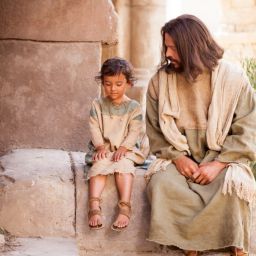
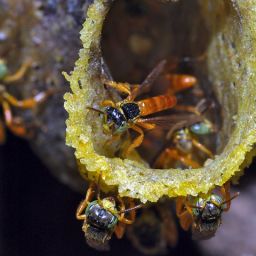
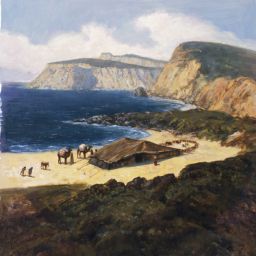
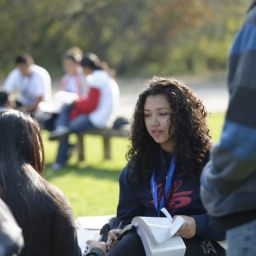





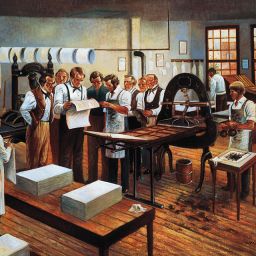


I like your article, but I did not find a basis for the assertion that “In Arabic this is called “bastern” which is literally translated as “raw meat,”” in Chadwick’s article or elsewhere. Chadwick does suggest that meat was sun-dried if not immediately cooked and eaten, but not that this jerking process translates to “raw meat.” The Arabic I find for “raw meat” is ‘lahmu ni.’ Do you have a source for the ‘bastern’ reference?